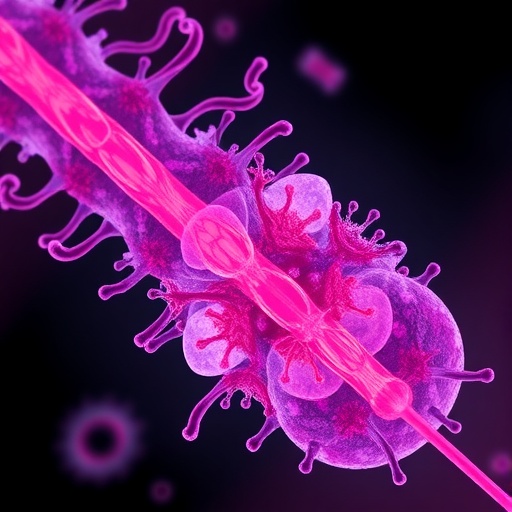Chemical engineer teams up with a pharmaceutical industry consortium for better drug screening
Researchers at the University of Illinois Chicago have developed a novel continuous-flow microfluidic device that may help scientists and pharmaceutical companies more effectively study drug compounds and their crystalline shapes and structures, which are key components for drug stability.
The device consists of a series of wells in which a drug solution – made up of an active pharmaceutical ingredient, or API, dissolved in solvent, such as water – can be mixed with an anti-solvent in a highly controlled manner. When mixed together, the two solutions allow for the API crystals to form a nucleus and grow. With the device, the rates and ratios at which the drug solution is mixed with the anti-solvent can be altered in parallel by scientists, creating multiple conditions for crystal growth. As the crystals grow in different conditions, data on their growth rates, shapes and structures is gathered and imported into a data network.
With the data, scientists can more quickly identify the best conditions for manufacturing the most stable crystalline form with a desirable crystal morphology — a crystal with a plate-like shape instead of a crystal with a rod-like shape — of an API and scale up the crystallization of stable forms.
The UIC researchers led by Meenesh Singh, in collaboration with the Enabling Technologies Consortium, have validated the device using L-histidine, the active ingredient in medications that can potentially treat conditions like rheumatoid arthritis, allergic diseases and ulcers. The results are reported in Lab on a Chip, a journal of the Royal Society of Chemistry.
“The pharmaceutical industry needs a robust screening system that can accurately determine API polymorphs and crystallization kinetics in a shorter time frame. But most parallel and combinatorial screening systems cannot control the synthesis conditions actively, thereby leading to inaccurate results,” said Singh, UIC assistant professor of chemical engineering at the College of Engineering. “In this paper, we show a blueprint of such a microfluidic device that has parallel-connected micromixers to trap and grow crystals under multiple conditions simultaneously.”
In their study, the researchers found that the device was able to screen polymorphs, morphology and growth rates of L-histidine in eight different conditions. The conditions included variations in molar concentration, percentage of ethanol by volume and supersaturation – important variables that influence crystal growth rate. The overall screening time for L-histidine using the multi-well microfluidic device was about 30 minutes, which is at least eight times shorter than a sequential screening process.
The researchers also compared the screening results with a conventional device. They found that the conventional device significantly overestimated the fraction of stable form and showed high uncertainty in measured growth rates.
“The multi-well microfluidic device paves the way for next-generation microfluidic devices that are amenable to automation for high-throughput screening of crystalline materials,” Singh said. Better screening devices can improve API process development efficiency and enable timely and robust drug manufacturing, he said, which could ultimately lead to safer drugs that cost less money.
###
The research is based on the work performed in the Materials and Systems Engineering Laboratory at UIC in collaboration with and supported by the Enabling Technology Consortium, which is composed of 13 pharmaceutical and biotechnology companies. An application for an international patent for the device has been filed.
Media Contact
Jackie Carey
[email protected]
Original Source
https:/
Related Journal Article
http://dx.





